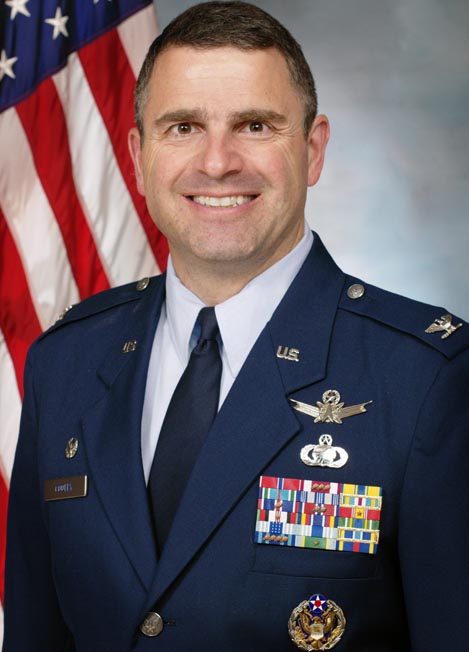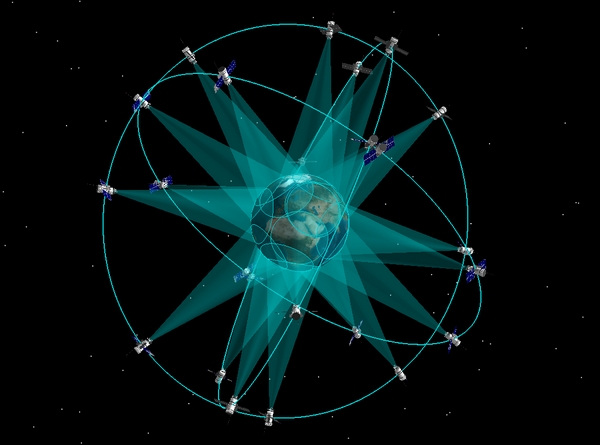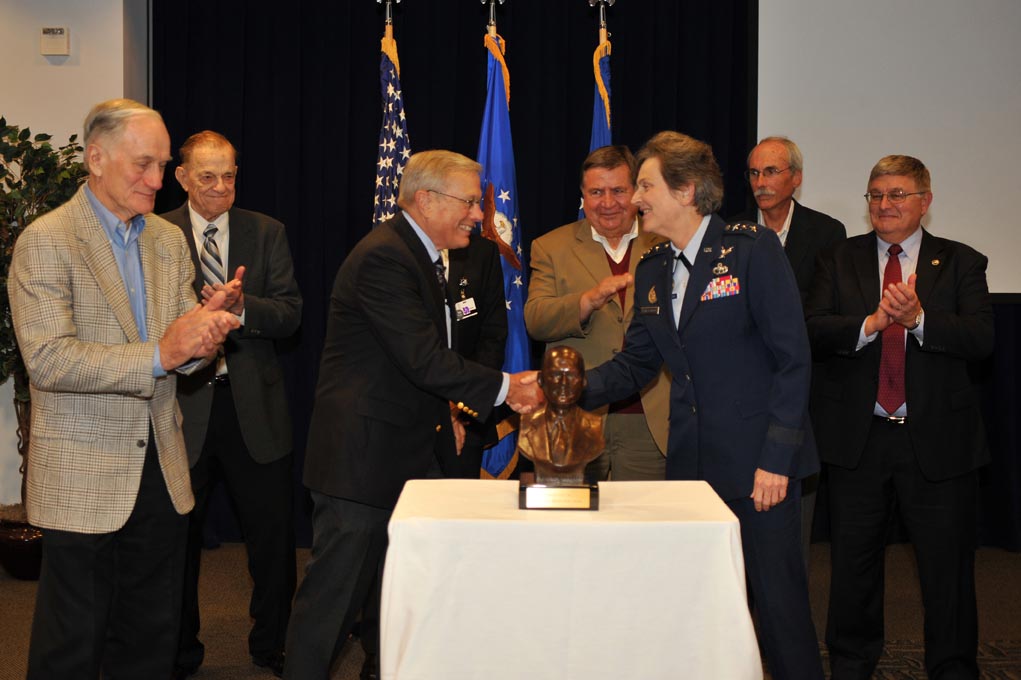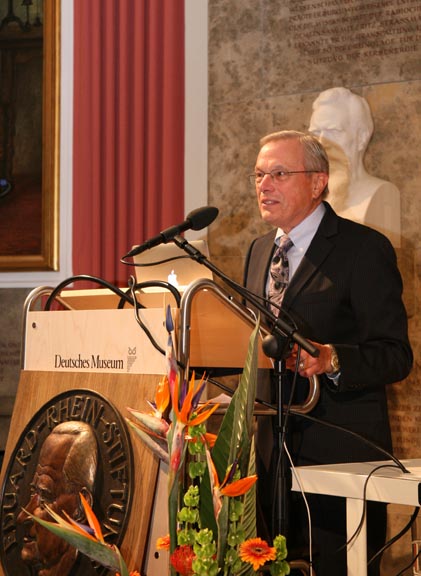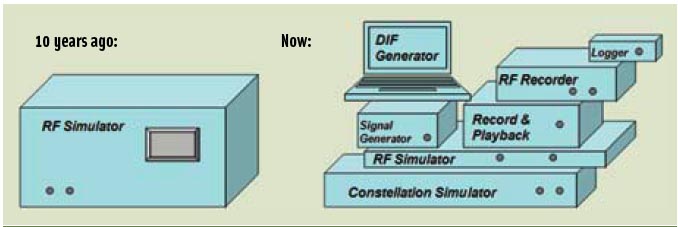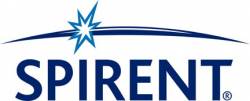GPS & the Fiscal Cliff — Part II

GPS contractors are scrambling to assess new Pentagon budget-cutting directives that have the potential to slow GPS modernization.
The belt-tightening is in response to a three-way fiscal vise created by the failure of Congress and the White House to agree on a budget for this year, on a new limit for the nation’s debt, and on a plan to implement future budget cuts.
By Inside GNSS




